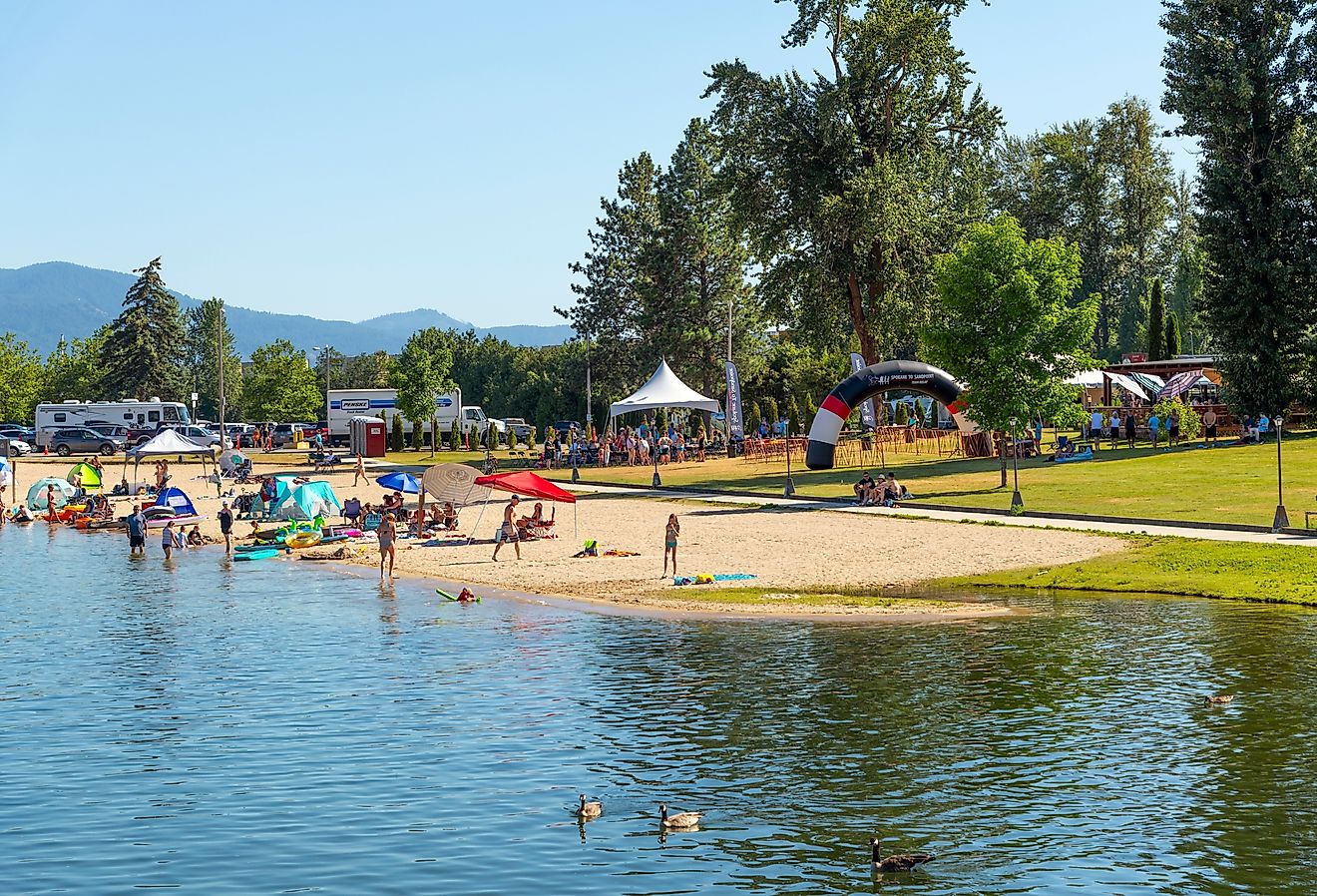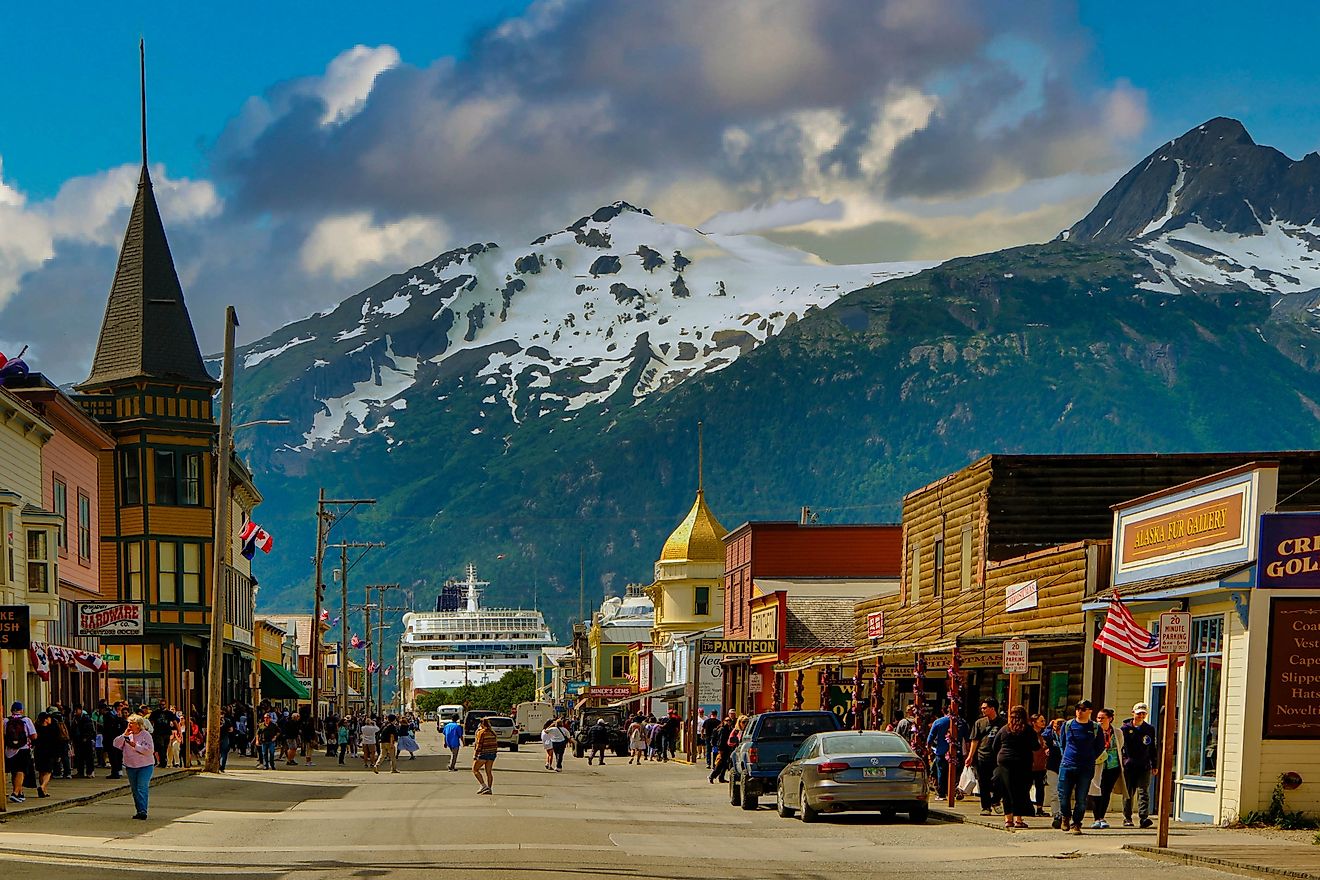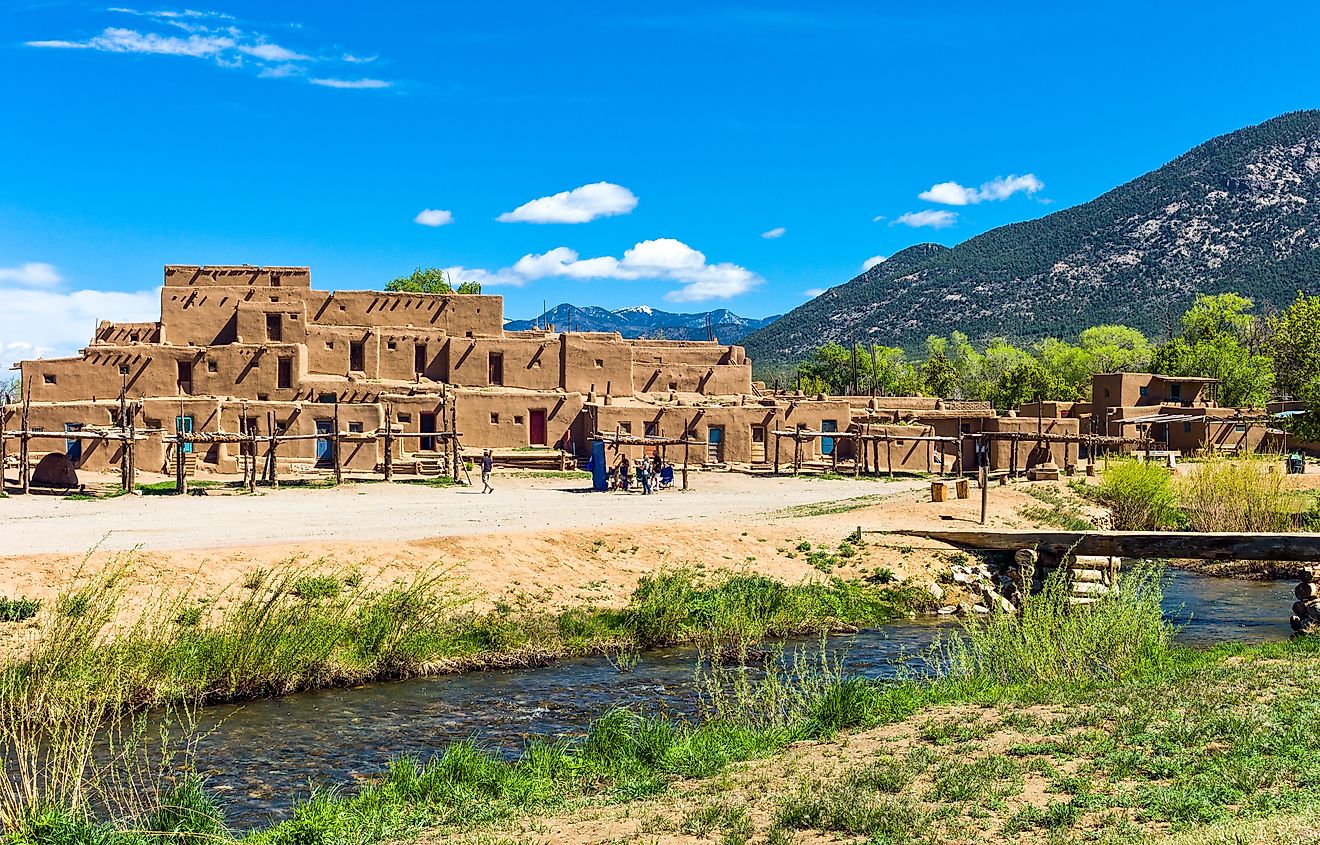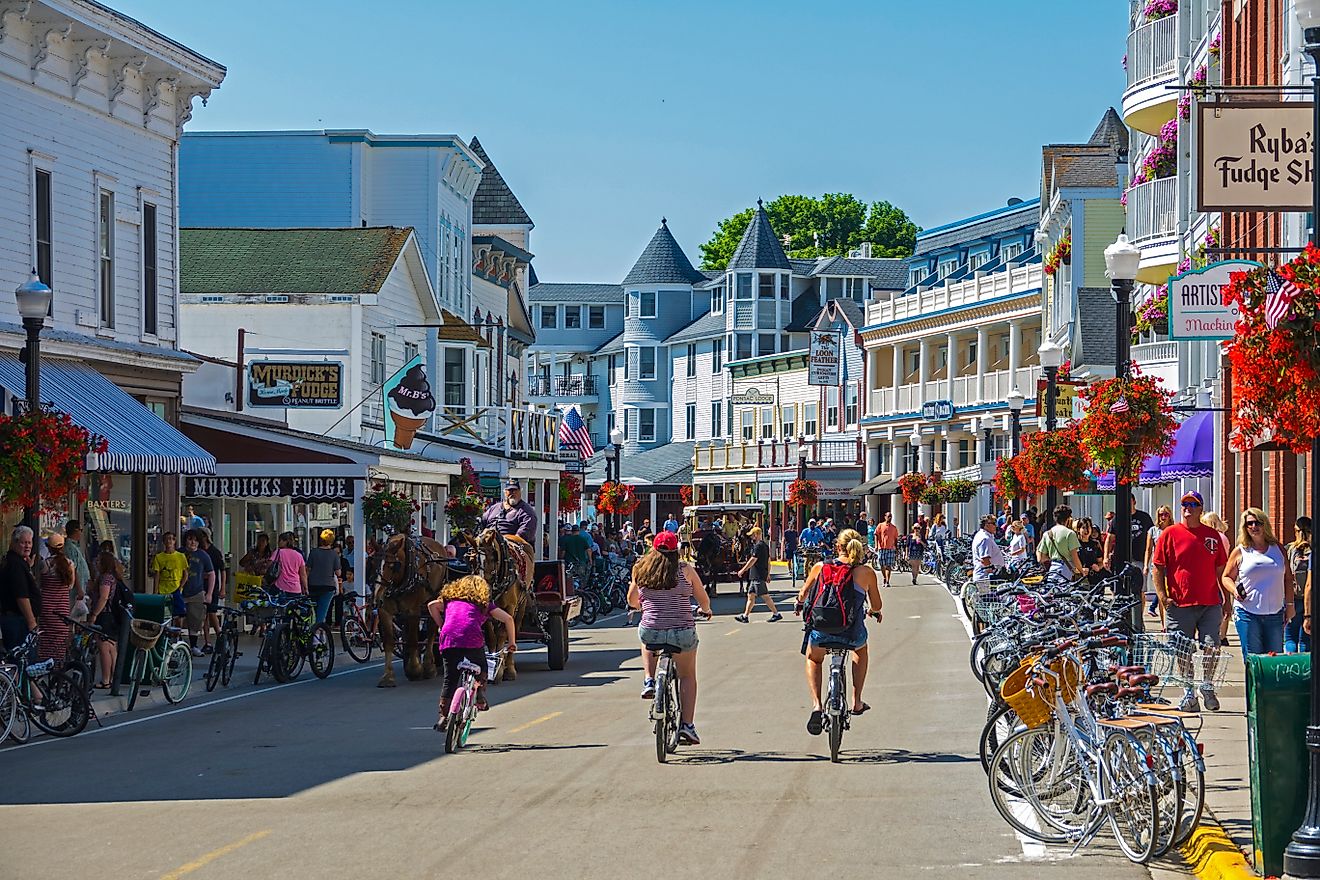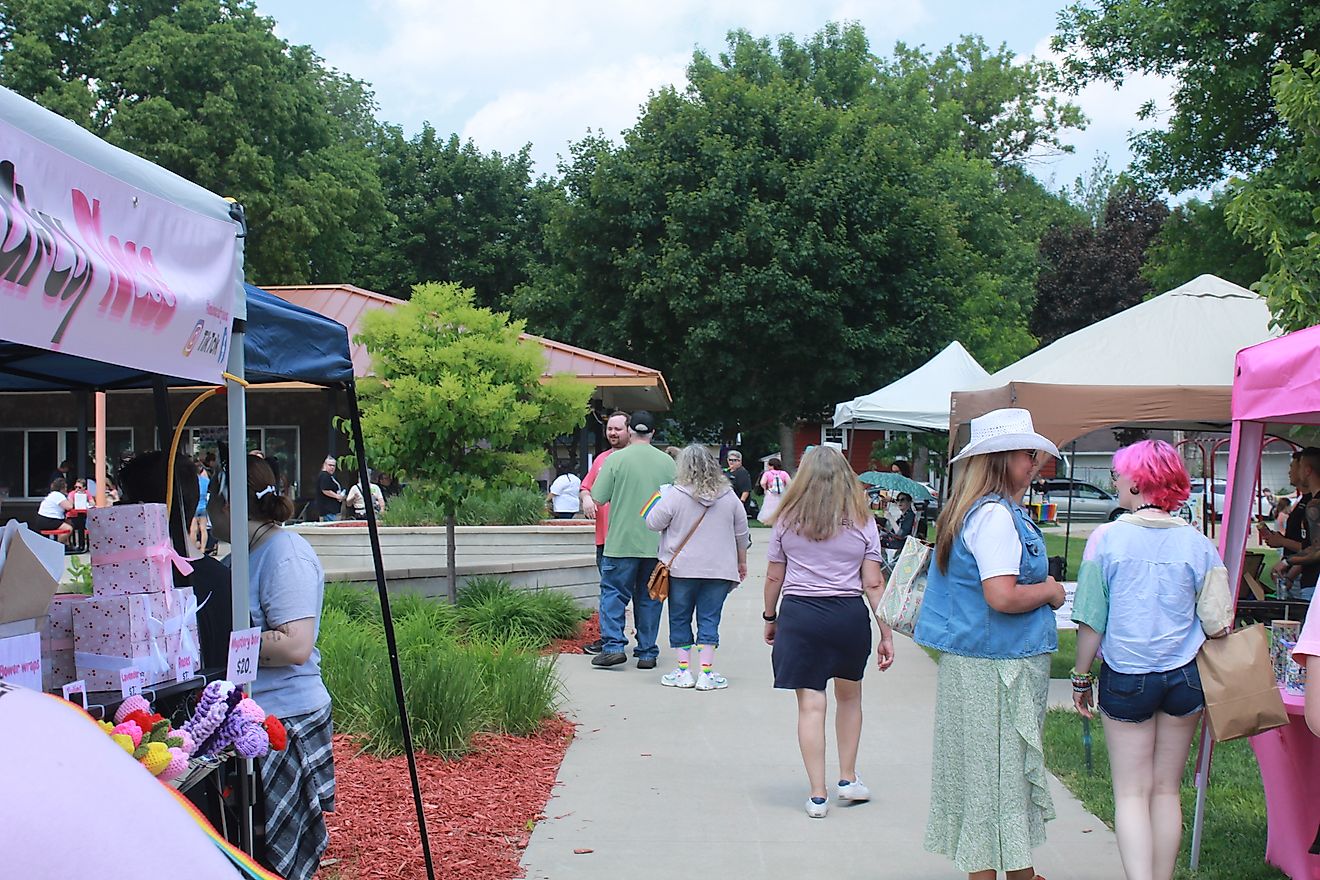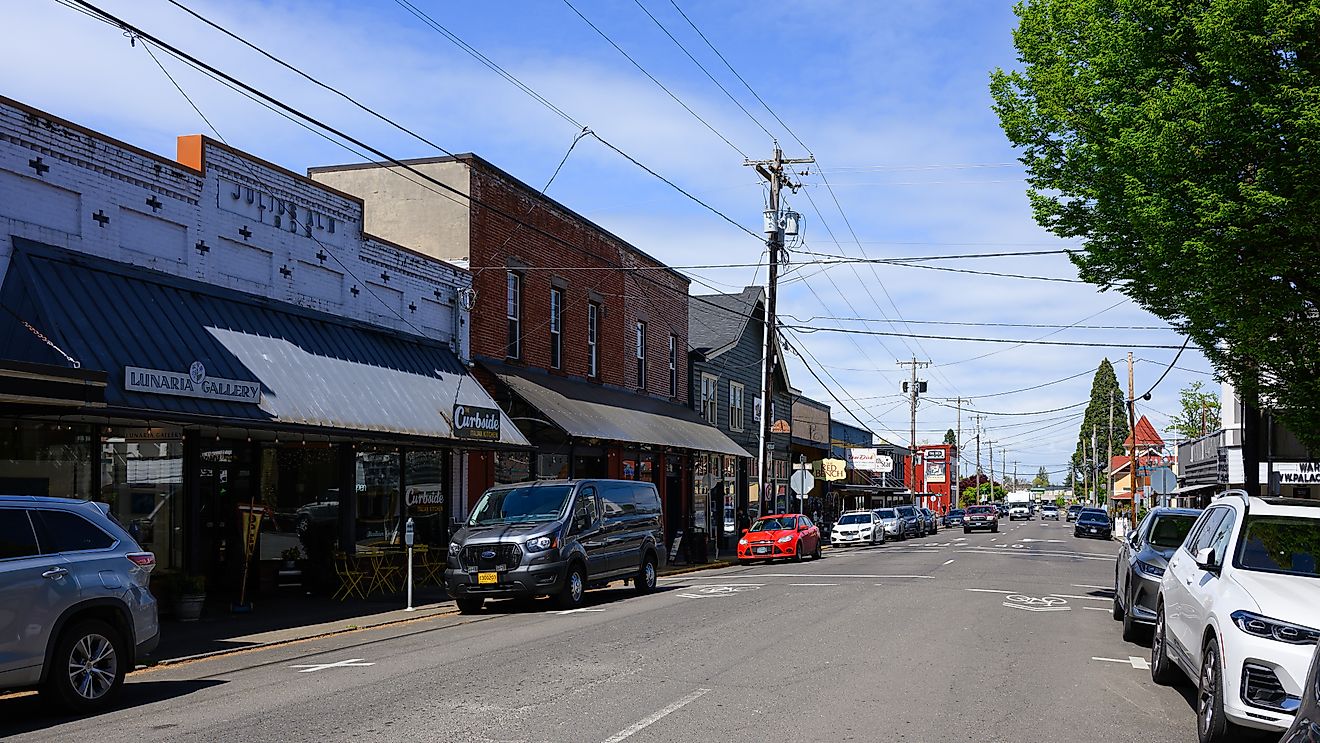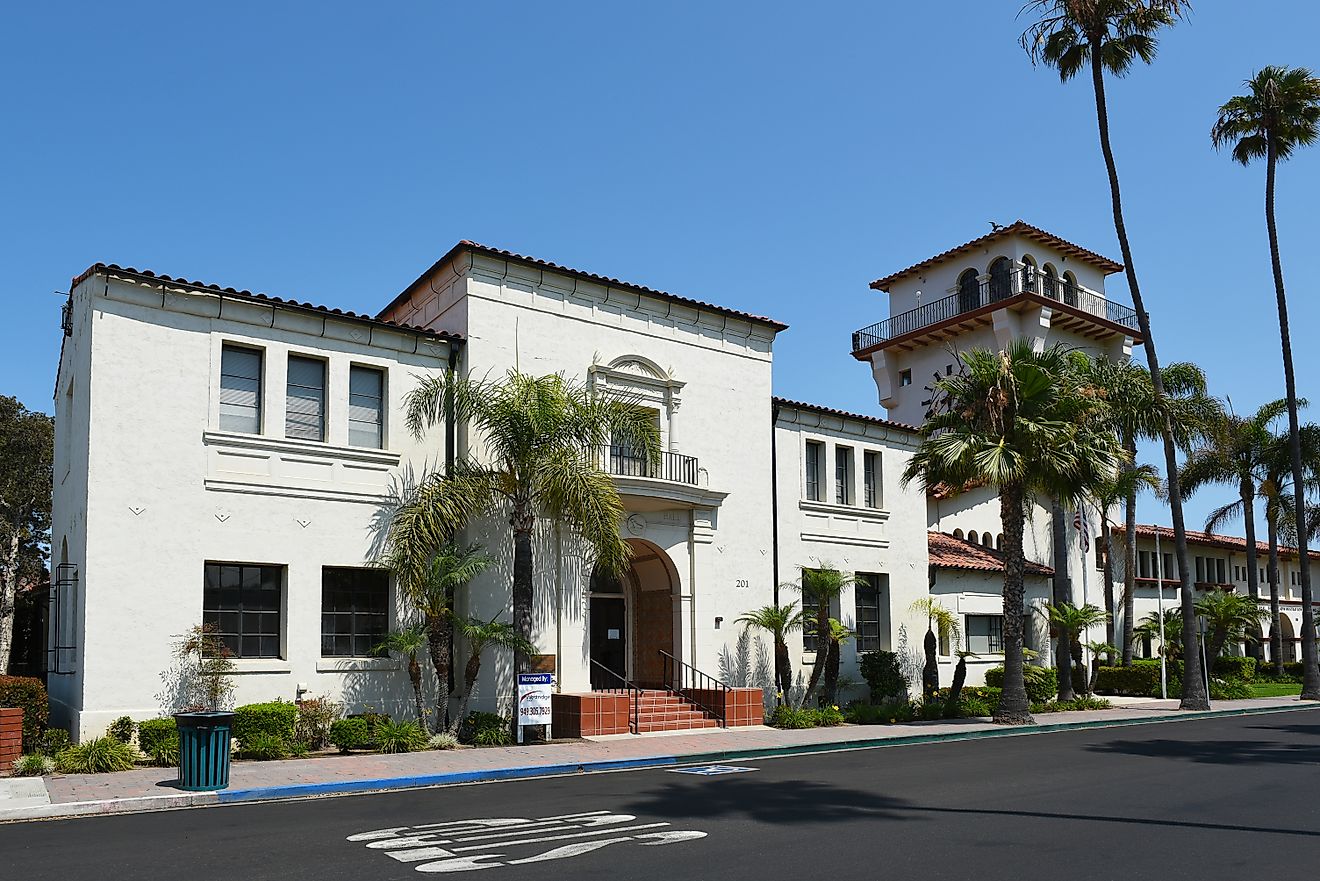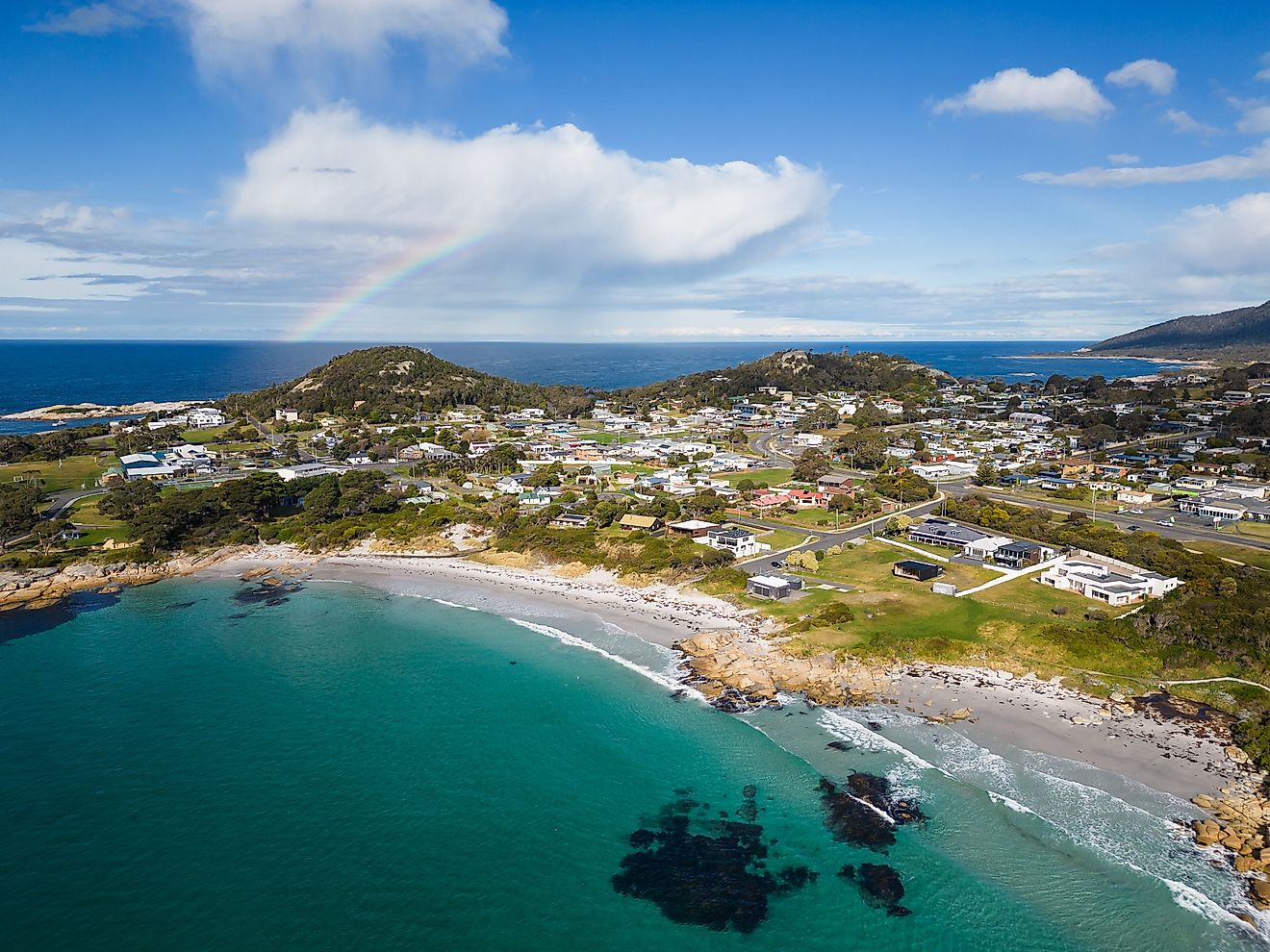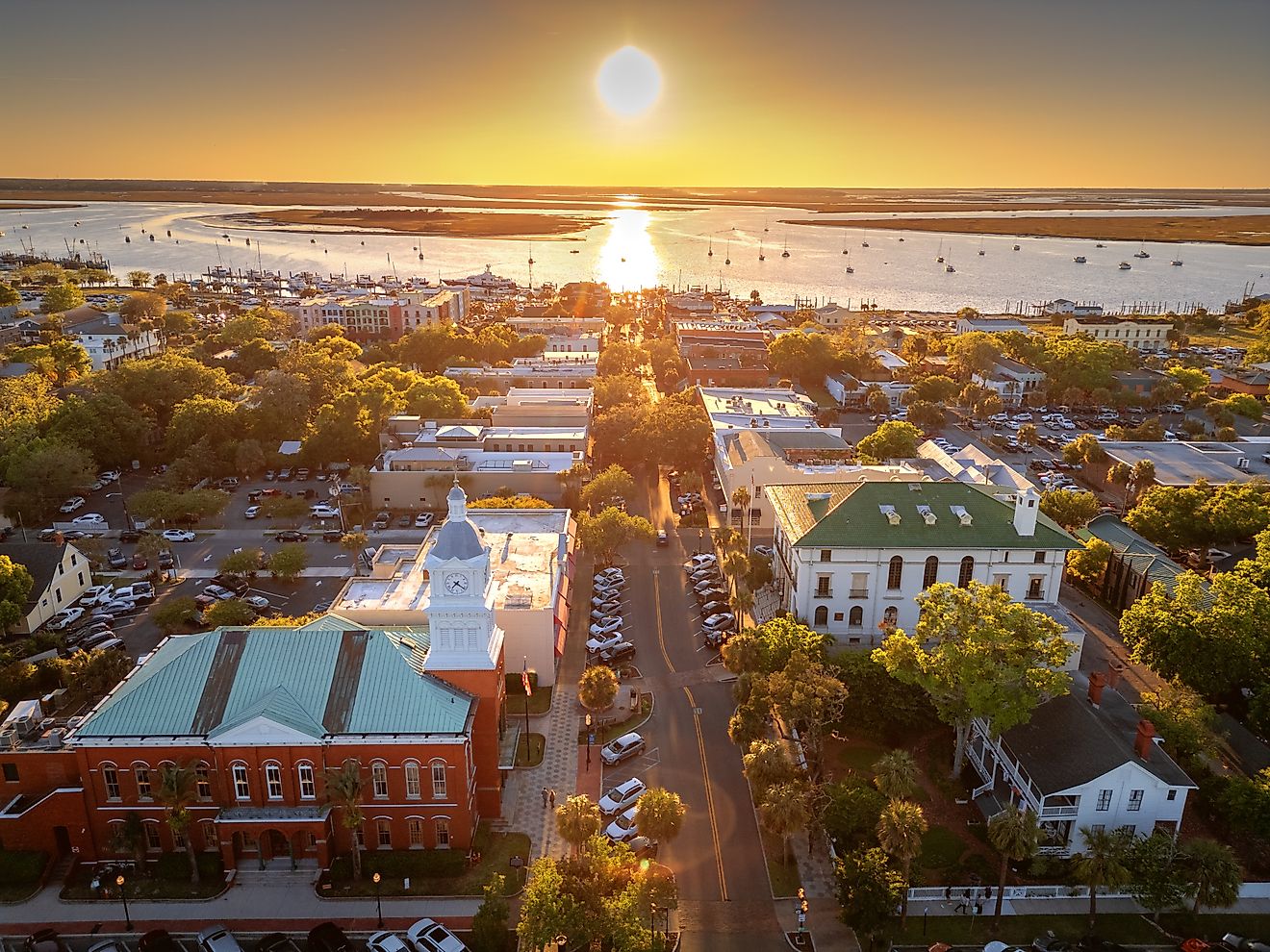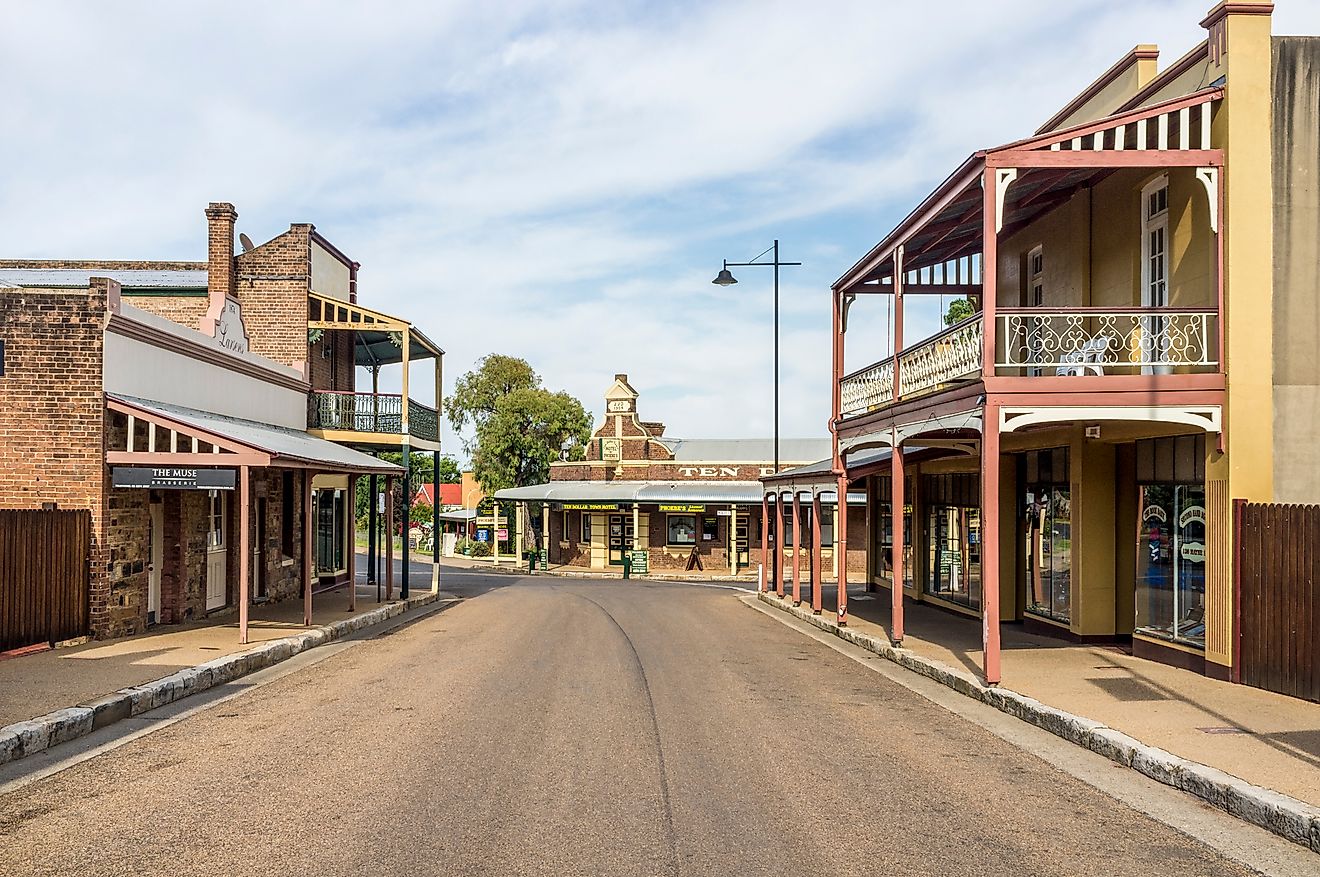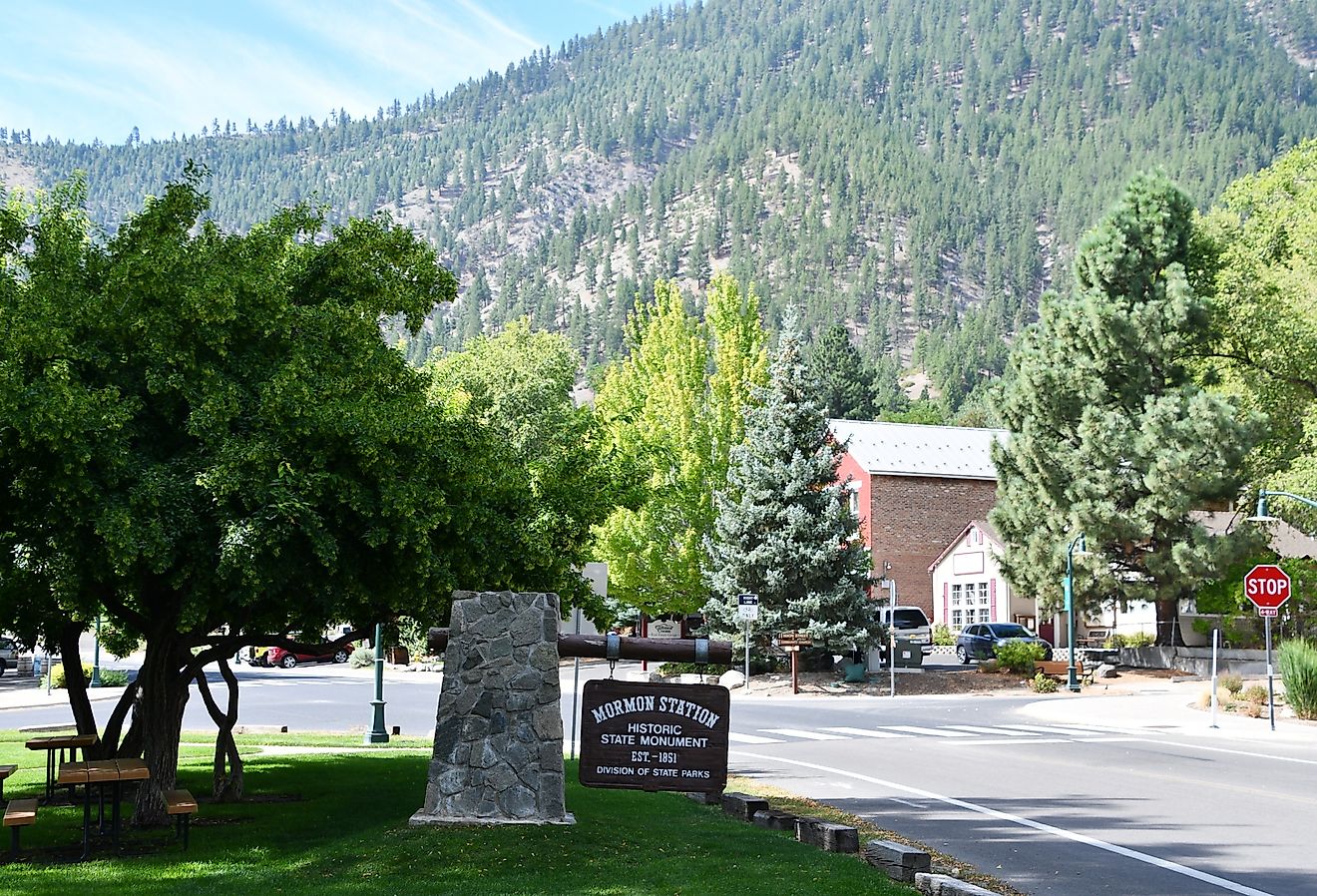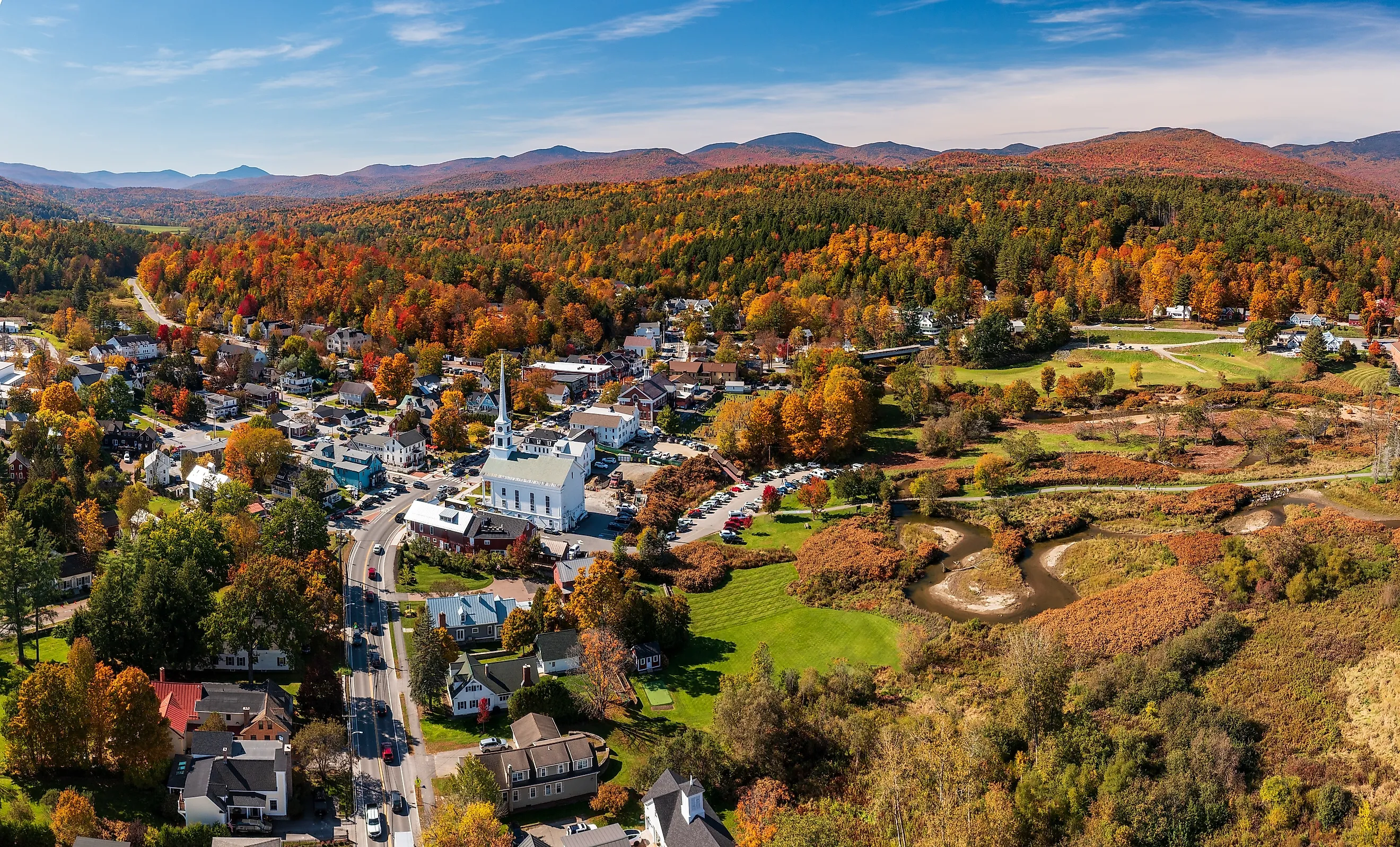
These 8 Towns In Vermont Were Ranked Among US Favorites In 2025
Within the northern extension of the Appalachian Mountains lies Vermont's countryside, where beautiful small towns consistently top travel lists. These corners of the Green Mountain State continue to offer some of New England’s best ski resorts, with alpine trails winding near sugarhouses and century-old farms. Elsewhere, rural valleys give way to lakeside villages where bald eagles nest above winding bike paths, and kayakers glide past 250-year-old trees still rooted along Lake Champlain. From fall harvest fairs to granite monuments and museum districts, these Vermont towns continue to quietly stay relevant, not by chasing trends but by holding on to what defines them.
Grafton
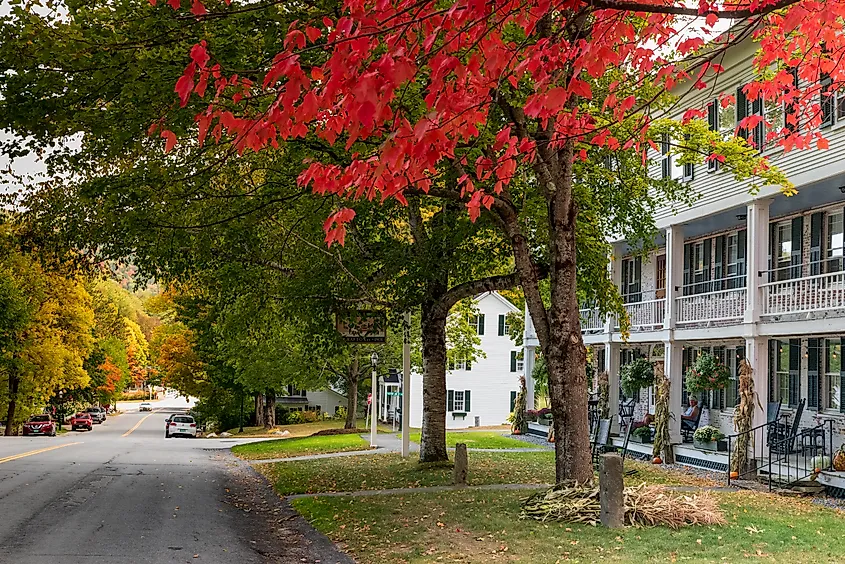
Among Vermont’s vibrant towns, Grafton stands out for its natural beauty and New England charm. The Historic Kidder Covered Bridge from 1870 is listed on the National Register of Historic Places and is the last of its kind in Grafton, while the Historic McWilliam Covered Bridge has been standing beside the Grafton Village Cheese Company since 1967. Together, such creations render this town timeless, and this feature is only emphasized by its wilderness. Grafton Trails & Outdoor Center provides year-round recreation through its hillside network that winds through the valley's forests.
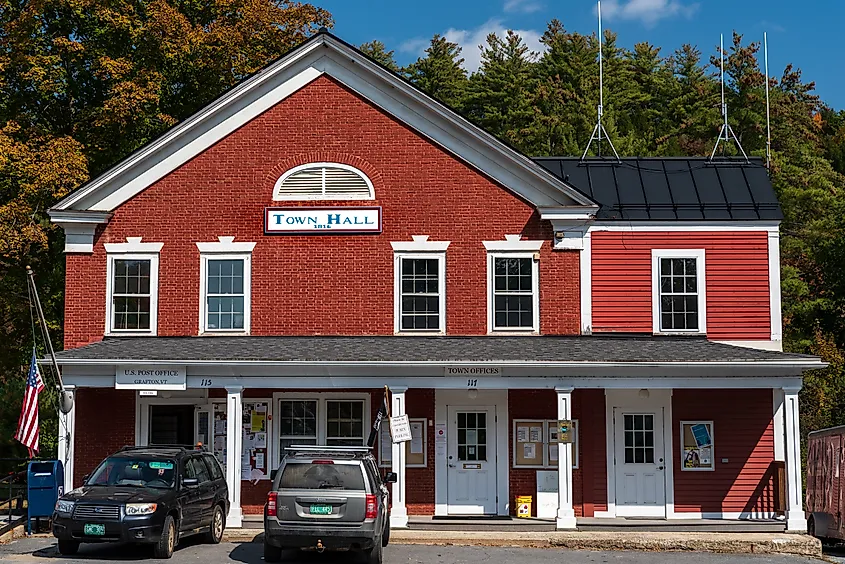
Mollie Beattie State Forest extends across remote areas, featuring mixed forests, tree plantations, and historical sites from the abandoned Howeville settlement. Meanwhile, the Nature Museum displays interactive exhibits, including a glass-sided beehive and a pollinator garden. Each September, the Fairy House Festival transforms the museum's woods and meadows with dozens of miniature structures built from natural materials. The Grafton Village Holiday Festival brings forth a magical extravaganza throughout downtown, featuring seasonal activities such as Christmas tree sales and a dog parade, which mark Santa’s arrival.
Bennington
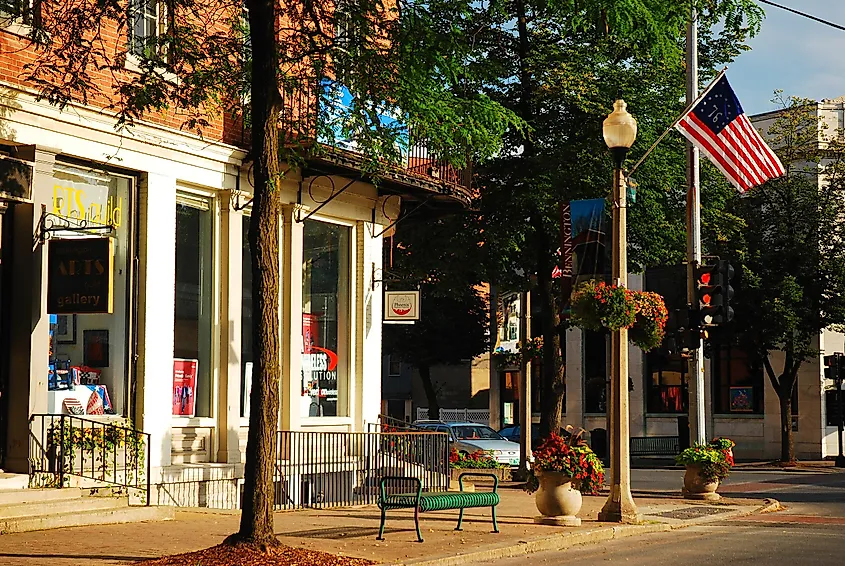
Bennington stands in the Walloomsac River Valley and traces its roots to 1749, when it gained official town status, well before U.S. independence and Vermont’s statehood. The town soon prospered on pottery, powered by its clay deposits and nearby streams. Norton Pottery became a household name for its stoneware decorated with birds, flowers, and animals, some of which remain intact in Bennington Museum’s extensive collection. In addition to enticing art collectors and pottery enthusiasts, the place also holds the world’s biggest Grandma Moses folk art collection.
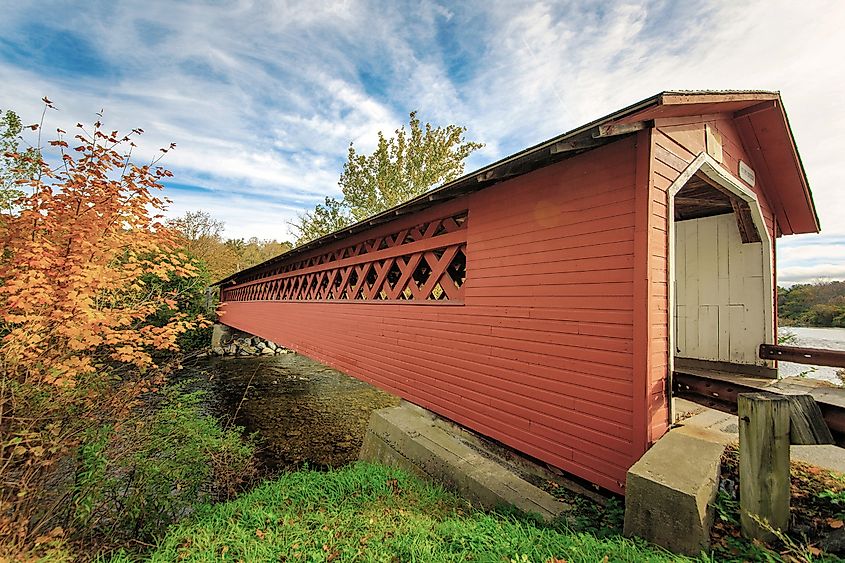
Travelers often tend to stop at the Bennington Welcome Center along Route 279, which features archaeological finds, local crafts, and maps highlighting pottery, art, and battle heritage. Old Bennington’s colonial homes and Revolutionary War markers preserve the setting where the early fabric of American life took form before Vermont even became a state. At 306 feet, the Bennington Battle Monument remains the tallest structure in Vermont more than a century after it was raised to honor those who fought in the 1777 Battle of Bennington. The monument also features an elevator that leads to an observation deck in the sky, yielding views across the Green Mountains.
Grand Isle
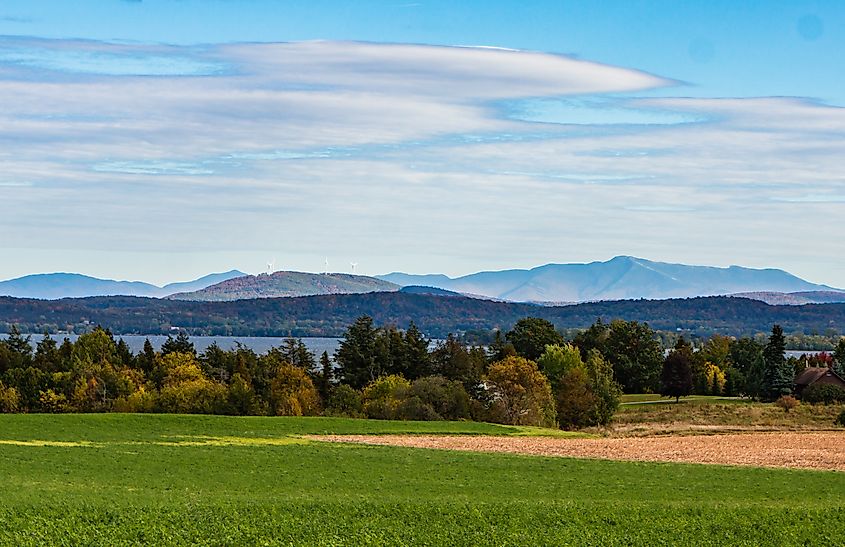
With seasonal changes bringing fresh appeal each year, Grand Isle, located between Vermont and New York, sets itself apart. This countryside town sits within Lake Champlain, where kayaking is popular from summer through early autumn. On the other hand, ice fishing takes over during winter for lake trout, landlocked salmon, and walleye. Ferries depart from Gordon Landing to New York’s Plattsburgh, across the lake year-round. The autumn colors and quiet atmosphere at Grand Isle State Park and the Keeler Bay area enchant visitors seeking overnight stays at its many camping spots, log cabins, and rustic sites.
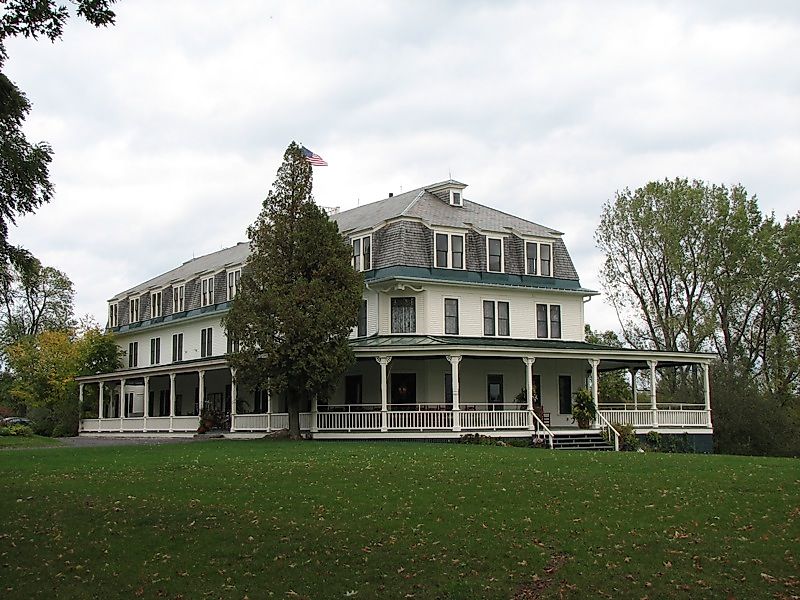
Wildlife watching here provides plenty of chances to spot rare bald eagles and great blue herons along the shoreline. Shared community events and local traditions culturally connect Grand Isle with neighboring island towns, such as North and South Hero. Kintoberfest is held each fall at Donaldson Park, when Kraemer & Kin Brewery hosts craft beer tastings, accompanied by live folk music and food vendors serving local Vermont fare during the seasonal event that draws residents and visitors from across the island chain.
Newport
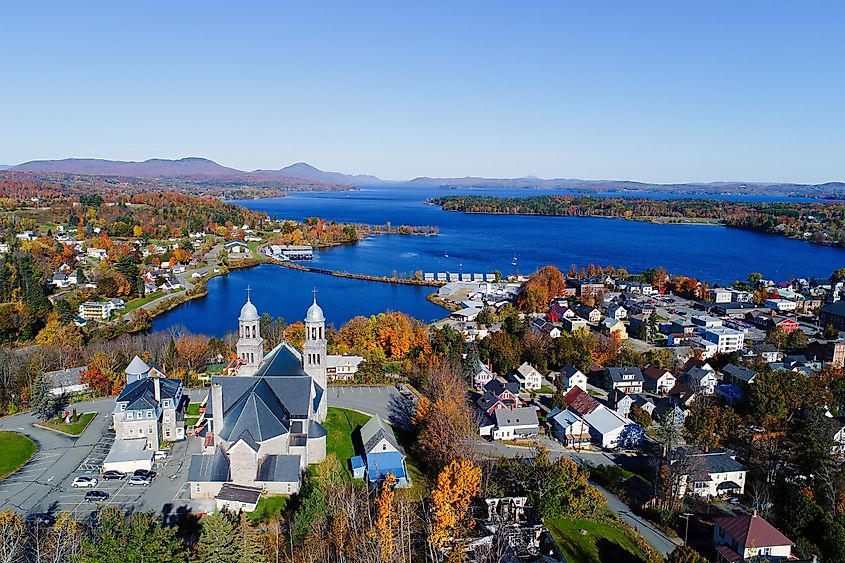
Newport claims Vermont's northernmost border territory, where Lake Memphremagog stretches nearly 30 miles as it crosses into Canada's Quebec. A replica of Whipple Point Lighthouse, a hexagonal structure originally established at the namesake spot in 1879, immortalizes the region's legacy. The Newport Downtown Historic District flourished as a transportation hub in the latter half of the 19th century, following the arrival of the railroads in the region. The Federal Building, which was once home to the United States Courthouse, Post Office, and Customs House, always commands attention with its imposing architecture.
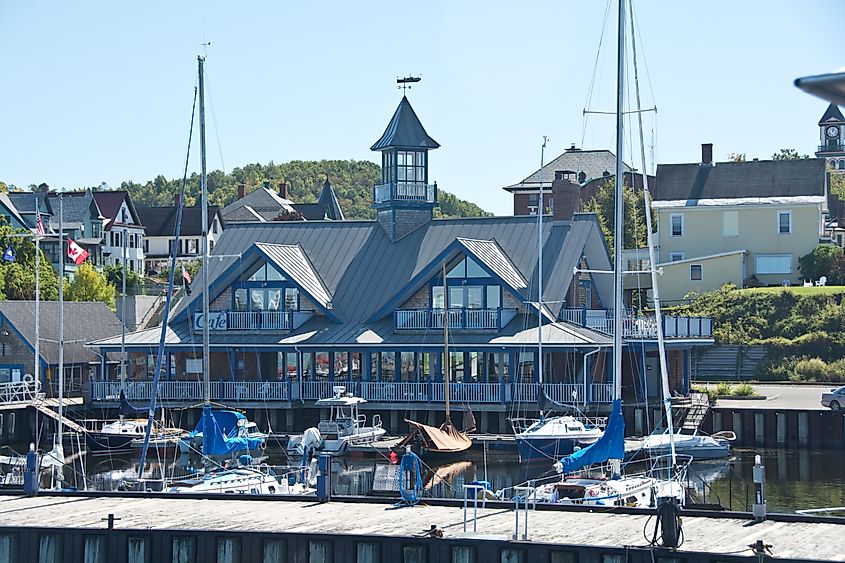
The castle-like Queen Anne facade and Romanesque style of the Goodrich Memorial Library mark another alluring landmark. It remains the largest library in the county. Meanwhile, Northern Star Cruises operates guided lake tours from the municipal dock, and further north, Eagle Point Wildlife Management Area covers about 420 acres along a mile of the eastern shoreline. This provides habitat for diverse wildlife species, such as ospreys, bald eagles, and common loons, which migrate between the American and Canadian territories during seasonal shifts.
Barton
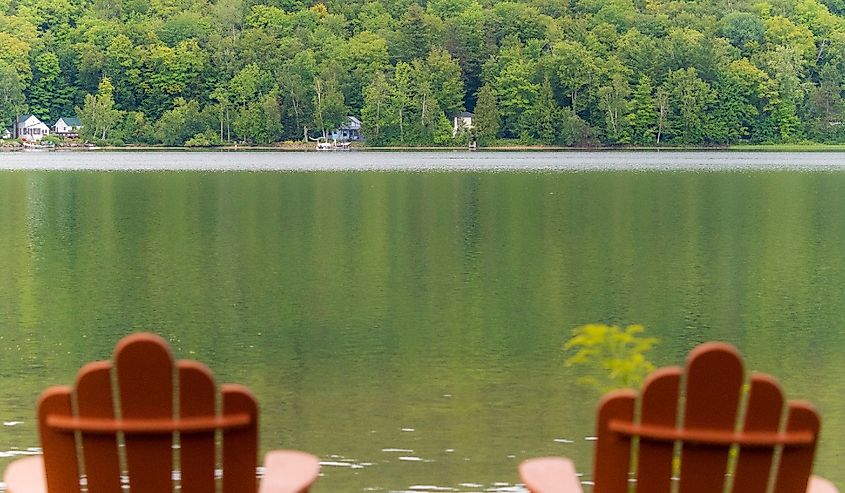
Barton centers around Crystal Lake, a glacial lake renowned for its exceptional water clarity during the summer months. Crystal Lake State Park occupies its northwestern shore, where a sandy beach invites tourists and residents alike throughout the summer. The park's day-use facilities remain open until mid-October, when fall foliage reflects across the glassy surface during calm morning hours. The Crystal Lake Falls Historic District, also known as the Brick Kingdom, preserves multiple 19th-century structures that showcase Barton's manufacturing heritage. Here, the Pierce House Museum attracts those interested in local history and genealogy. It lies closer to the Brick Kingdom hiking trail and its 18th-century factory ruins, wherein water-powered mills processed lumber and grain along the falls. The Crystal Lake Falls Historical Association operates the museum on Sundays from June through August, allowing limited exploration and advance bookings.
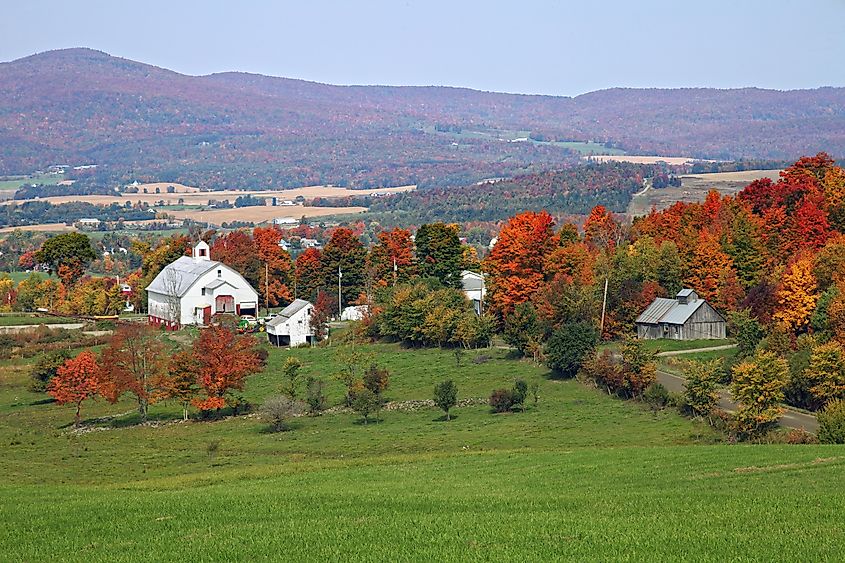
Come September, the Orleans County Fair brings agricultural exhibits, livestock competitions, and carnival midways to town. Originating in 1867, the fair showcases dairy cattle judging, draft horse pulls, and vegetable displays that crown winners in categories from largest pumpkin to best maple syrup. Moreover, less than ten miles northeast in Brownington, Lake Willoughby's North Beach attracts spring visitors who arrive in May when the ice recedes, revealing another marvelous shoreline between towering cliffs.
Stowe
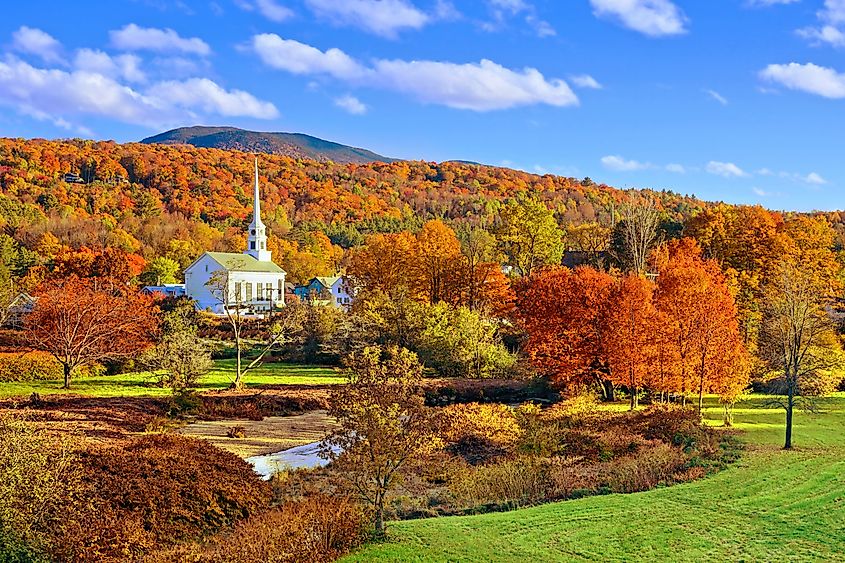
While Stowe fills every season with adventurous spirit, no matter the season. In the fall, crowds gather for the Vermont Pumpkin Chuckin’ Festival, where multiple teams try to catapult pumpkins across the field in a spectacle of noise and laughter. During winter, travelers crowd the slopes of Stowe Mountain Resort, where Mount Mansfield rises 4,395 feet and connects to Spruce Peak through a gondola that links the trails in both directions. The resort dates back to the 1940s, when skiing began redefining a town looking to broaden its agricultural heritage.
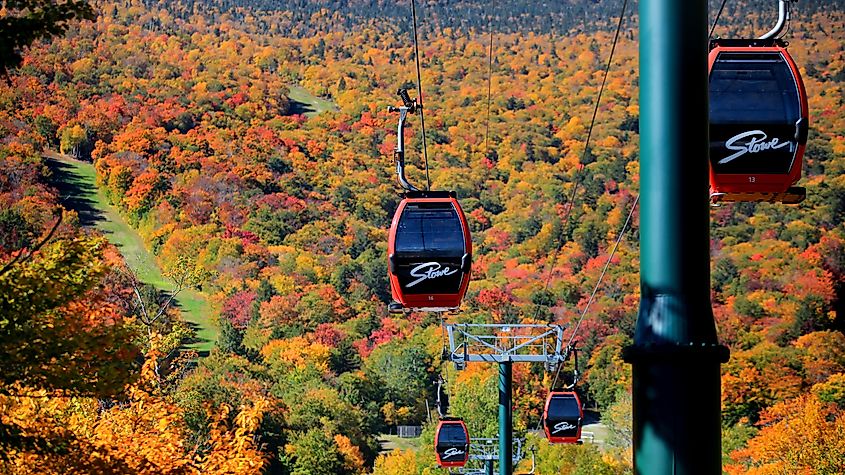
Stowe utilizes advanced snowmaking systems that keep the slopes ready long after the first thaw. The rest of the year, visitors can ride the Gondola Skyride to the top of Vermont’s highest peak for panoramic views cascading toward the Adirondack ranges and the White Mountains. The Long Trail, one of the oldest hiking routes in America, climbs steep sections to the alpine summit. At the same time, the Spruce Peak Community Pathways pass through hardwood forests, ravines, and wooden bridges. Travelers also cherish unwinding by heading to Burt’s Irish Pub for Sunday brunch with chicken and waffles or an evening bourbon with the locals.
Brattleboro
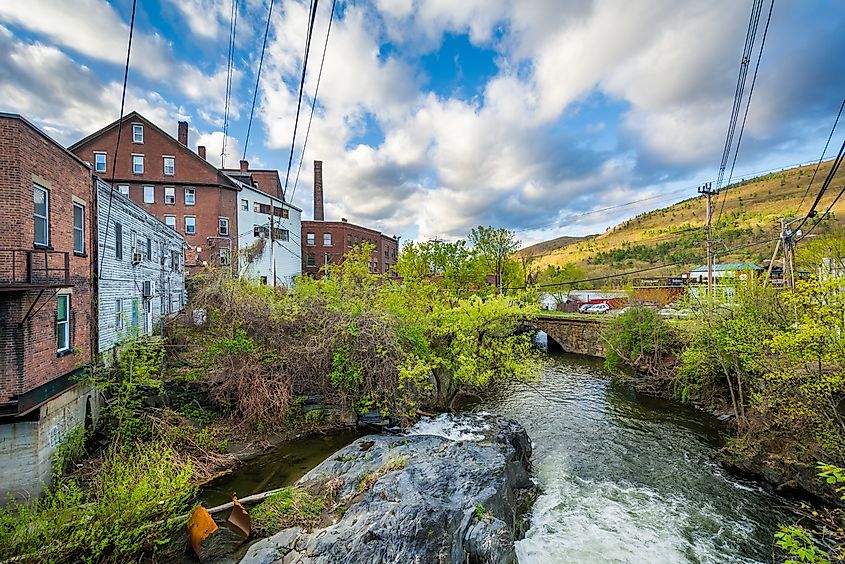
Brattleboro lies close to the borders of New Hampshire and Massachusetts, with gorgeous views emerging from its aquatic landscape. The town’s origins trace back to the early 1700s, when settlers harnessed the power of Whetstone Brook and the Connecticut River to run mills that sustained local trade. The Brattleboro Downtown Historic District still mirrors that industrious past, with brick storefronts and independent shops lining the streets. In addition to its commercial triumphs as a riverside mill hub, the place has also evolved into an energetic cultural center. The Brattleboro Museum & Art Center revives a former train station within the historic district, presenting contemporary art and community exhibits.
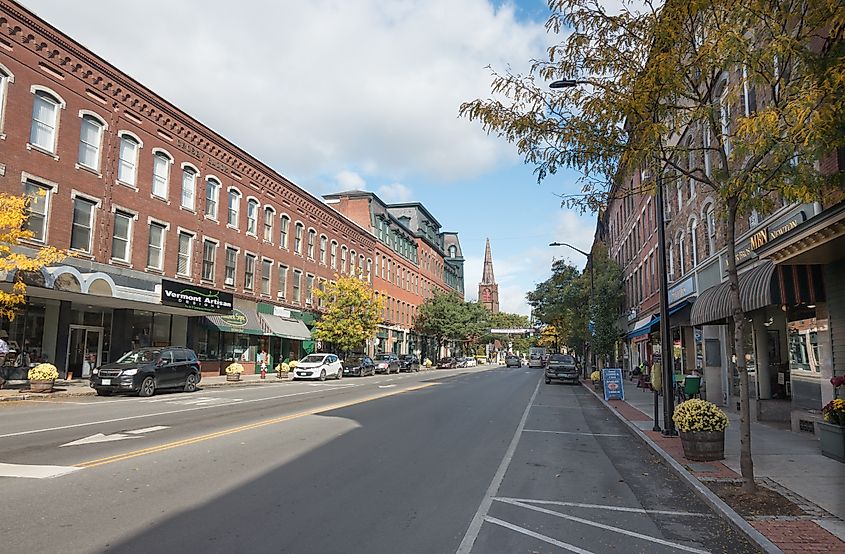
A short walk away, the Latchis Hotel and Theatre continues its long tradition of film and live performances set against its Art Deco interior. The hotel partners with Brooks Memorial Library each October to host the Brattleboro Literary Festival. The event is free and features author readings, panel discussions, and book signings. At the edge of town, the Retreat Farm spreads across 500 acres, with walking trails, farm animals, and the popular Retreat Trails that look toward the Connecticut River Valley. Fort Dummer State Park covers more than 200 acres on Brattleboro’s southern edge, featuring wooded campsites, picnic areas, and hiking trails overlooking the waterways near the historic site of Vermont’s first permanent European settlement, Fort Dummer.
Colchester
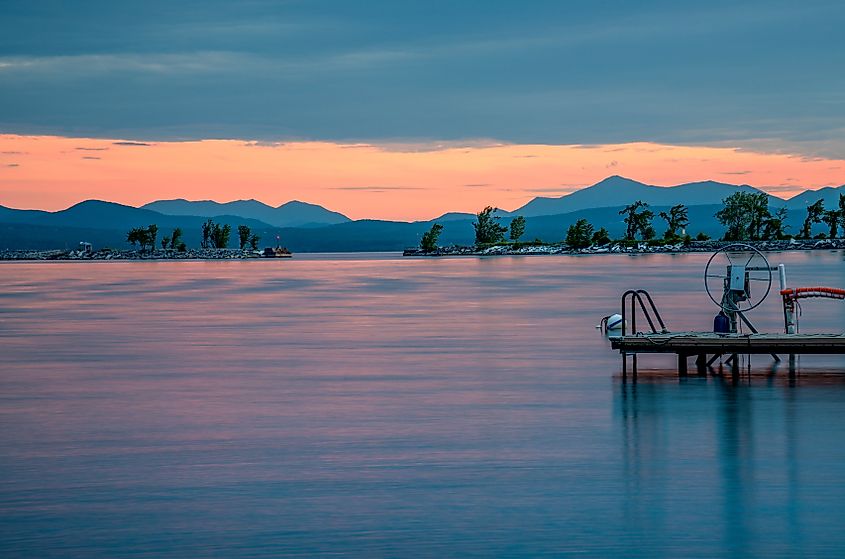
Colchester sits within the Burlington metro area on the shores of Lake Champlain, and Niquette Bay State Park provides additional shoreline access along the lake. The bay’s trails thread through maple, hemlock, and cedar stands, while nearby Malletts Bay is home to marinas, calm evenings over water, and campsites along the bay’s edge to complete the town’s lakeside charm. Colchester is also a quick drive to Milton’s Sandbar Wildlife Management Area, where beaches and parks trace Champlain’s rim and merge sun-warmed sand with gentle lake breezes.
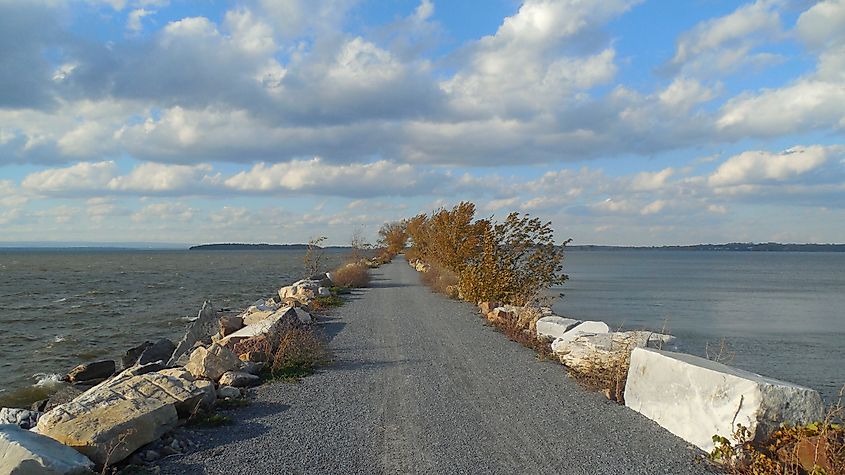
Not only does a majestic red oak in Niquette Bay stand at an estimated 250 years of age, but the park also lists several record-sized trees recognized by Vermont’s Big Tree Program, and Colchester itself is home to a cottonwood believed to be the tallest in the state. Among the town's cultural highlights is a spirited lineup of annual festivals. The Colchester Winter Carnival returns each February as a family-friendly celebration with hay rides, inflatable obstacle courses, and a pancake breakfast that sets the tone for the season. In late September through October, Sam Mazza’s Farm Market’s Harvest Festival brings hayrides to a pumpkin patch, a corn maze, and a giant pumpkin weigh-in.
Vermont's Most Timeless Destinations
Some Vermont communities are guardians of Revolutionary War history, while others carry the weight of a proud industrial legacy, marked by lighthouses, mills, and ironworks that once powered the state’s economy. In the north, one of the biggest lakes in the United States connects Grand Isle to Quebec, keeping close ties with shared ecological wonders, where loons, maples, and cottonwoods thrive across both sides. Along the banks of the Connecticut River, soothing views and colonial echoes define a different stretch of the state’s story.
Colchester’s Niquette Bay State Park remains a quiet favorite, while Brattleboro’s creative pull shows no signs of fading, thanks to its vibrant downtown theater and art enclaves. Meanwhile, Barton’s historical village does not fail to intrigue, manifesting as a magnet for researchers tracing ancestry and ruins from New England's manufacturing era. With roots that touch everything from the American Revolution to ski circuits, these towns are entire chapters that demand a read in 2025.
